Christoffer Riis
Bayesian Active Learning for Censored Regression
Feb 19, 2024Abstract:Bayesian active learning is based on information theoretical approaches that focus on maximising the information that new observations provide to the model parameters. This is commonly done by maximising the Bayesian Active Learning by Disagreement (BALD) acquisitions function. However, we highlight that it is challenging to estimate BALD when the new data points are subject to censorship, where only clipped values of the targets are observed. To address this, we derive the entropy and the mutual information for censored distributions and derive the BALD objective for active learning in censored regression ($\mathcal{C}$-BALD). We propose a novel modelling approach to estimate the $\mathcal{C}$-BALD objective and use it for active learning in the censored setting. Across a wide range of datasets and models, we demonstrate that $\mathcal{C}$-BALD outperforms other Bayesian active learning methods in censored regression.
Applied metamodelling for ATM performance simulations
Aug 07, 2023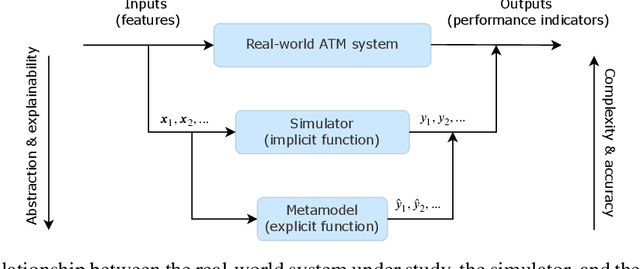
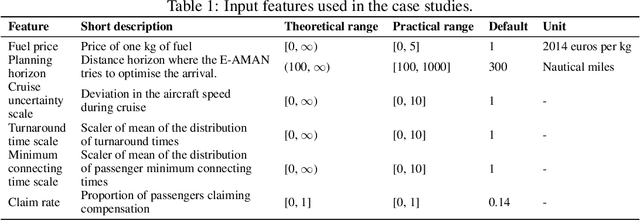
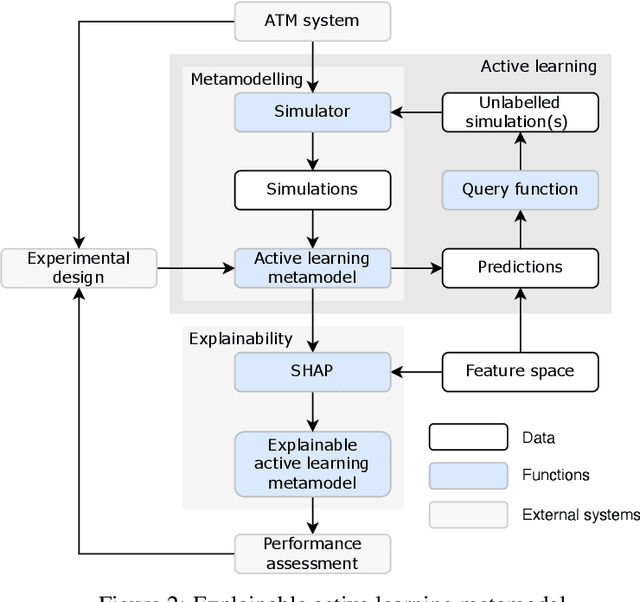
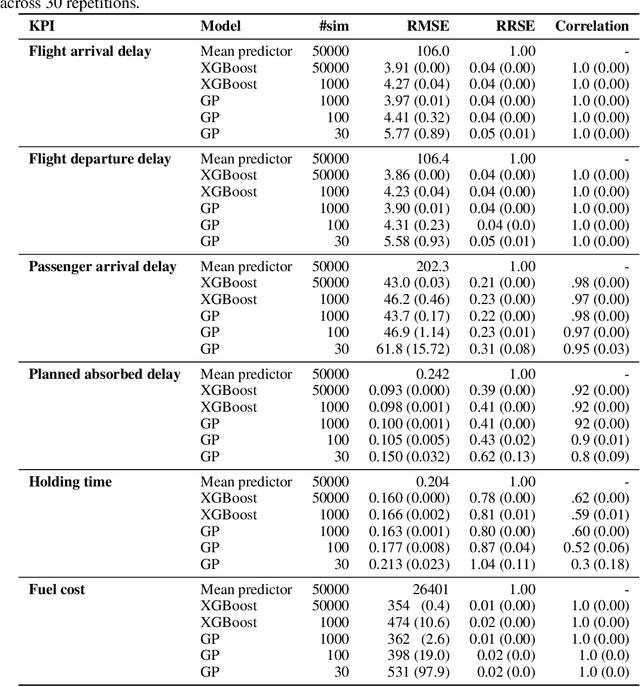
Abstract:The use of Air traffic management (ATM) simulators for planing and operations can be challenging due to their modelling complexity. This paper presents XALM (eXplainable Active Learning Metamodel), a three-step framework integrating active learning and SHAP (SHapley Additive exPlanations) values into simulation metamodels for supporting ATM decision-making. XALM efficiently uncovers hidden relationships among input and output variables in ATM simulators, those usually of interest in policy analysis. Our experiments show XALM's predictive performance comparable to the XGBoost metamodel with fewer simulations. Additionally, XALM exhibits superior explanatory capabilities compared to non-active learning metamodels. Using the `Mercury' (flight and passenger) ATM simulator, XALM is applied to a real-world scenario in Paris Charles de Gaulle airport, extending an arrival manager's range and scope by analysing six variables. This case study illustrates XALM's effectiveness in enhancing simulation interpretability and understanding variable interactions. By addressing computational challenges and improving explainability, XALM complements traditional simulation-based analyses. Lastly, we discuss two practical approaches for reducing the computational burden of the metamodelling further: we introduce a stopping criterion for active learning based on the inherent uncertainty of the metamodel, and we show how the simulations used for the metamodel can be reused across key performance indicators, thus decreasing the overall number of simulations needed.
Learning and Generalizing Polynomials in Simulation Metamodeling
Jul 20, 2023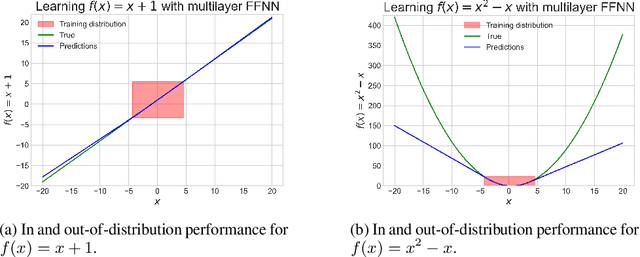
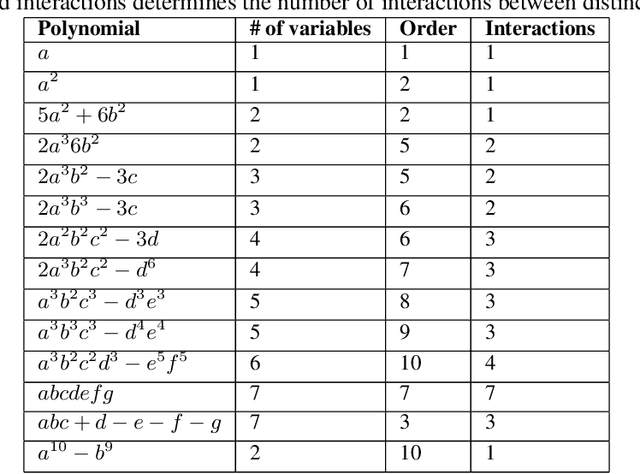
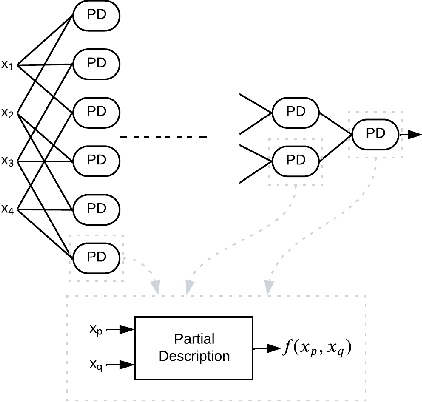
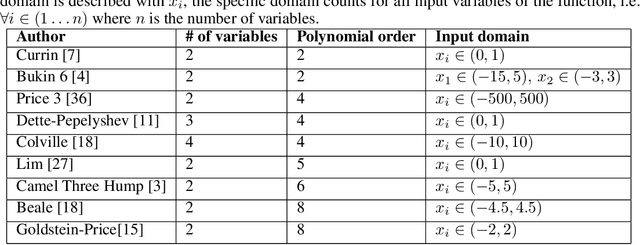
Abstract:The ability to learn polynomials and generalize out-of-distribution is essential for simulation metamodels in many disciplines of engineering, where the time step updates are described by polynomials. While feed forward neural networks can fit any function, they cannot generalize out-of-distribution for higher-order polynomials. Therefore, this paper collects and proposes multiplicative neural network (MNN) architectures that are used as recursive building blocks for approximating higher-order polynomials. Our experiments show that MNNs are better than baseline models at generalizing, and their performance in validation is true to their performance in out-of-distribution tests. In addition to MNN architectures, a simulation metamodeling approach is proposed for simulations with polynomial time step updates. For these simulations, simulating a time interval can be performed in fewer steps by increasing the step size, which entails approximating higher-order polynomials. While our approach is compatible with any simulation with polynomial time step updates, a demonstration is shown for an epidemiology simulation model, which also shows the inductive bias in MNNs for learning and generalizing higher-order polynomials.
NOSTROMO: Lessons learned, conclusions and way forward
Mar 29, 2023Abstract:This White Paper sets out to explain the value that metamodelling can bring to air traffic management (ATM) research. It will define metamodelling and explore what it can, and cannot, do. The reader is assumed to have basic knowledge of SESAR: the Single European Sky ATM Research project. An important element of SESAR, as the technological pillar of the Single European Sky initiative, is to bring about improvements, as measured through specific key performance indicators (KPIs), and as implemented by a series of so-called SESAR 'Solutions'. These 'Solutions' are new or improved operational procedures or technologies, designed to meet operational and performance improvements described in the European ATM Master Plan.
Bayesian Active Learning with Fully Bayesian Gaussian Processes
May 20, 2022
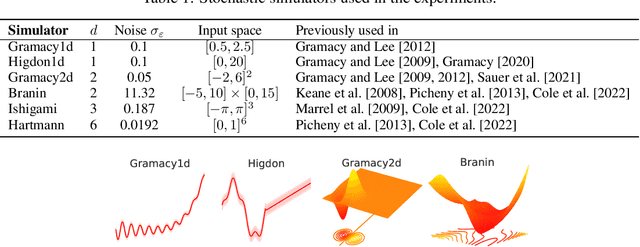
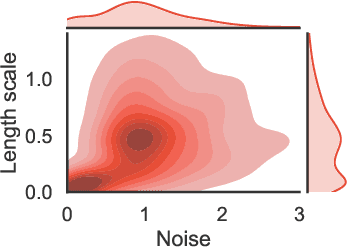
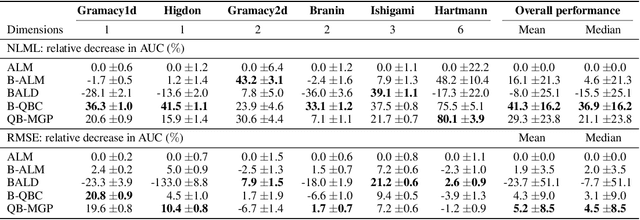
Abstract:The bias-variance trade-off is a well-known problem in machine learning that only gets more pronounced the less available data there is. In active learning, where labeled data is scarce or difficult to obtain, neglecting this trade-off can cause inefficient and non-optimal querying, leading to unnecessary data labeling. In this paper, we focus on active learning with Gaussian Processes (GPs). For the GP, the bias-variance trade-off is made by optimization of the two hyperparameters: the length scale and noise-term. Considering that the optimal mode of the joint posterior of the hyperparameters is equivalent to the optimal bias-variance trade-off, we approximate this joint posterior and utilize it to design two new acquisition functions. The first one is a Bayesian variant of Query-by-Committee (B-QBC), and the second is an extension that explicitly minimizes the predictive variance through a Query by Mixture of Gaussian Processes (QB-MGP) formulation. Across six common simulators, we empirically show that B-QBC, on average, achieves the best marginal likelihood, whereas QB-MGP achieves the best predictive performance. We show that incorporating the bias-variance trade-off in the acquisition functions mitigates unnecessary and expensive data labeling.
On the Limits to Multi-Modal Popularity Prediction on Instagram -- A New Robust, Efficient and Explainable Baseline
Apr 26, 2020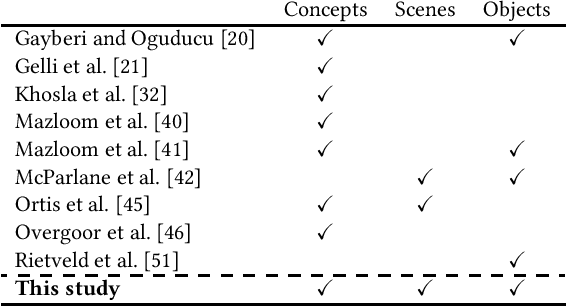
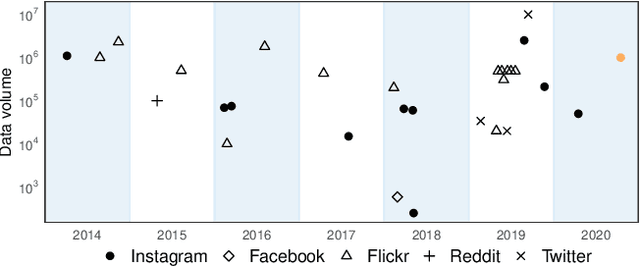
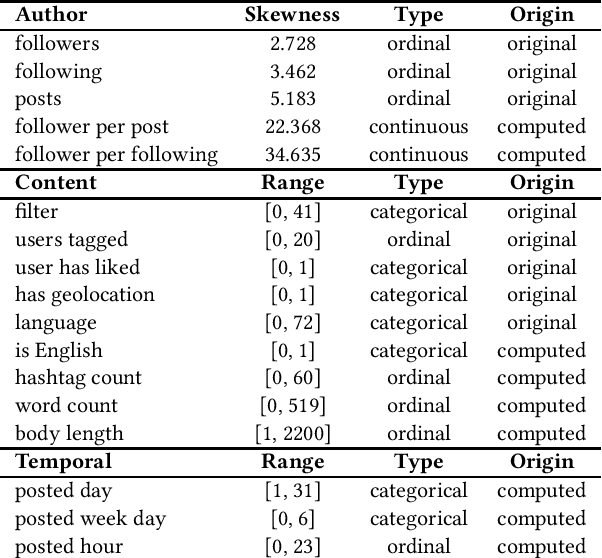
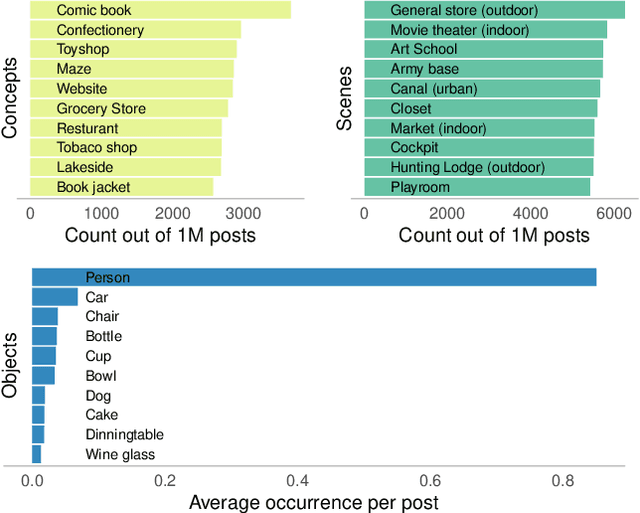
Abstract:The predictability of social media popularity is a topic of much scientific interest and significant practical importance. We present a new strong baseline for popularity prediction on Instagram, which is both robust and efficient to compute. The approach expands previous work by a comprehensive ablation study of the predictive power of multiple representations of the visual modality and by detailed use of explainability tools. We use transfer learning to extract visual semantics as concepts, scenes, and objects, which allows us to interpret and explain the trained model and predictions. The study is based in one million posts extracted from Instagram. We approach the problem of popularity prediction as a ranking problem, where we predict the log-normalised number of likes. Through our ablation study design, we can suggest models that outperform a previous state-of-the-art black-box method for multi-modal popularity prediction on Instagram.
 Add to Chrome
Add to Chrome Add to Firefox
Add to Firefox Add to Edge
Add to Edge